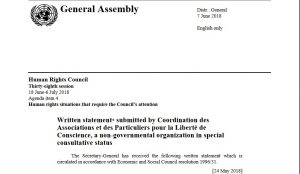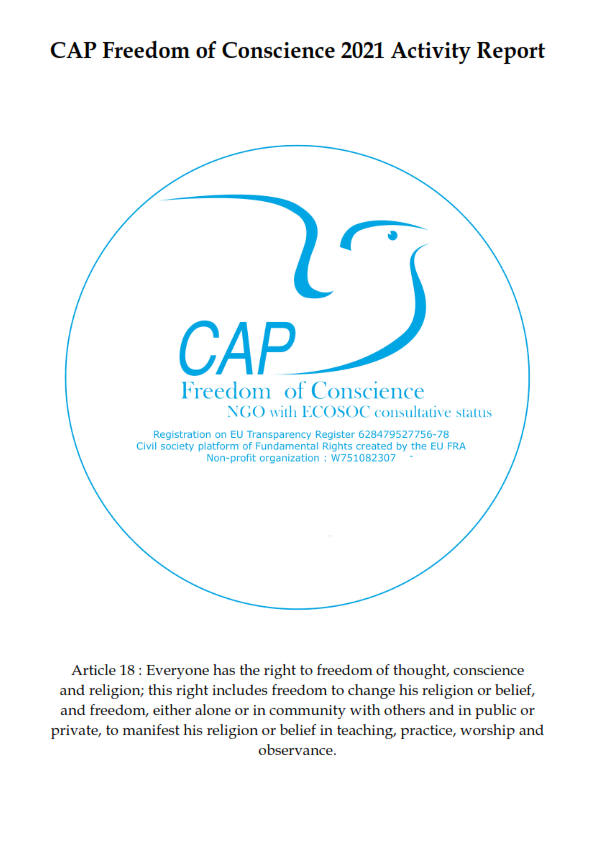a non-governmental organization in special consultative status
(The VERA Centre for Russian and Border Studies Network at the University of Eastern Finland, Joensuu; and, Ronin Institute, US)
LARSN 2018 annual meeting, Cardiff University The aim is to deal with so – called sacred sites of indigenous people and their protection in Russian law and how the law operates in practice.
The focus is on clashes between religious freedom of indigenous groups respecting sacred sites and shamanism in the Russi an North on the one hand and the state, big oil and gas companies and economic interests in Russia on the other hand.
- Religious freedom in Russia.
1.1. The recognised traditional religions in Russia are Christianity (Russian Orthodoxy, in fact), Judai sm, Buddhism and Islam. Other religions have to be registered and act as associations (the 1997 Law on Freedom of Conscience and Religious Associations Act ).
1.2. The 1993 Constitution guarantees freedom of religion, including worship in public or private for registered denominations. Russia is a secular state (Articles 28 and 14). 1.3. Is there any serious problem with religious freedom in Russia? Unfortunately, yes. The current atmosphere concerning religious freedom(s) is bad. There have been many restrictions concerning e.g. Protestant churches. However, indigenous religions – th at in Western understanding are natural religions like shamanism – have nothing common with this trend and are at the margins of these recent problems of protection of religious freedom, but the trend shows the atmosphere and climate. Here come the other p roblems to be explained in the paper then.
- Indigenous peoples in Russia.
2.1. There are 186 ethnic groups in Russia. Russia is a multinational federal state.
2.2. In this number, according to the 2000 governmental register, there are included 46 officially recognised minor indigenous peoples, including 40 indigenous small numbered peoples of the North, Siberia and the Far East. Each group has fewer than 50 000 members.
2.3. Thus, in the number of 40, we have, for example, the Sami, the Nenets, the Khanty, etc.
2.4. Many of the distinct cultures are going to die out, but some remain still strong.
- Sacred sites and indigenous nomadic shamanism in Russia.
- 1. Sacred sites are places or things which are of a great importance and a divine significance for indigenous communities.
3.2. Originally, one of the indigenous peoples of the North, the Sami, recognised all their lands as sacred, having both spiritual a nd physical entity ( Sapmi ). Some places were special for indigenous peoples though.
3.3. These sacred sites were and are lakes, hills, stones, caves, etc.
3.4. For example, Lake Baikal is sacred to the Buryats. By the way, one of the Buryats said that in the past all lands had been sacred but now this perception disappeared 1 .
3.5. In indigenous traditions and beliefs, sacred sites are places where there is the so called master of the place (see: shamanism in Tuva). It is a spirit. The spirit can help the man, if the man offers the spirit his worship and provides some gift with his prayer/offering (like antlers).
3.6. In indigenous traditions of the North, like in the Khanty group, shamanism is a way of life. This is not a religion – it is a religion only in a Western sense.



